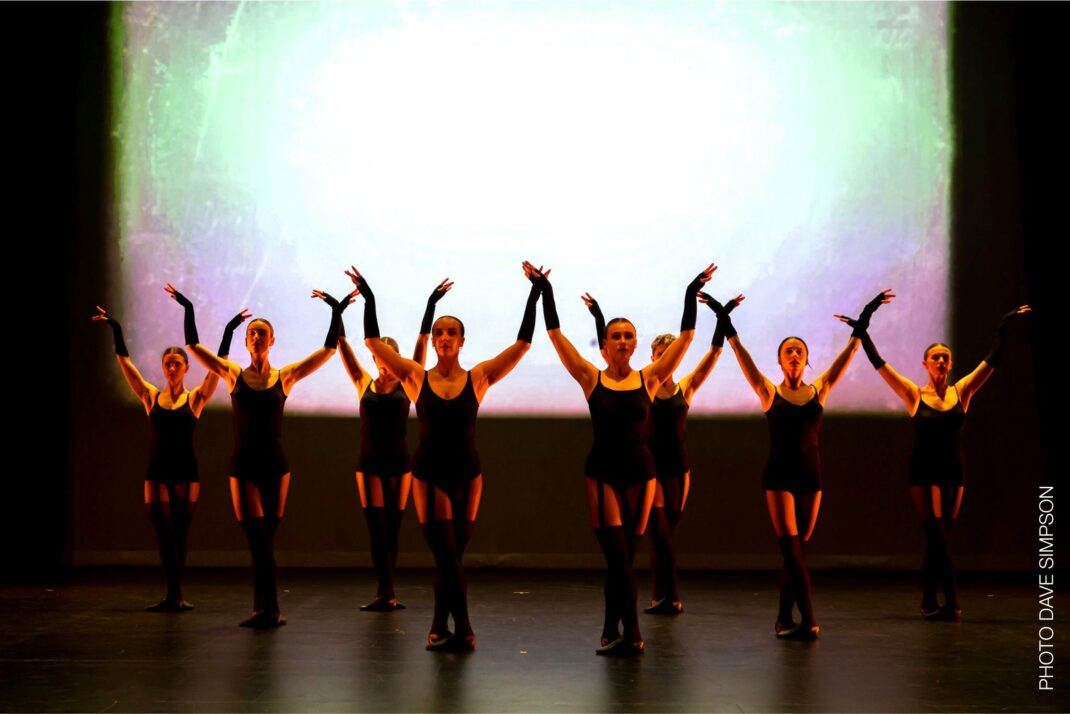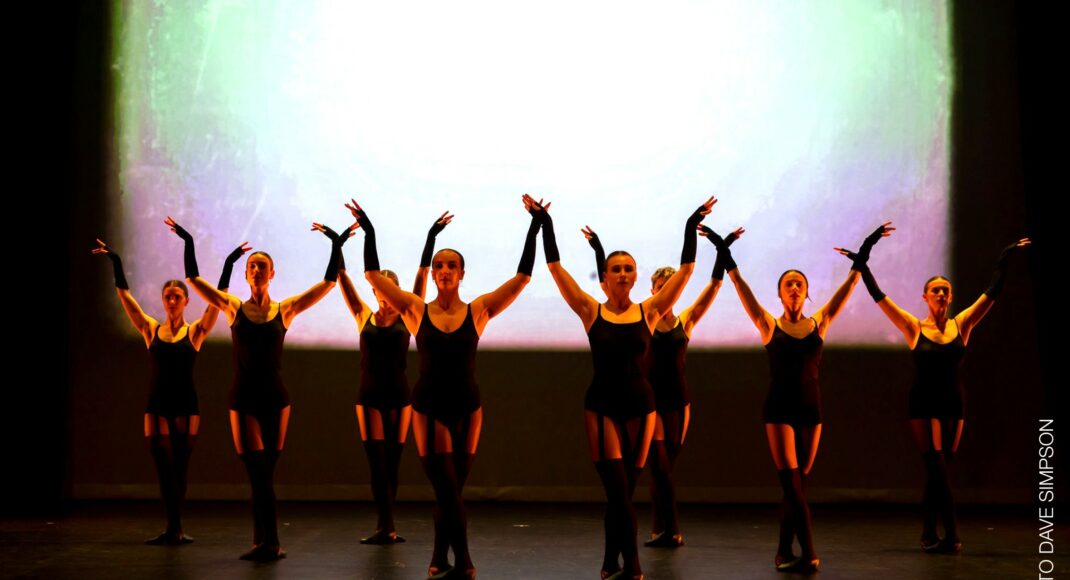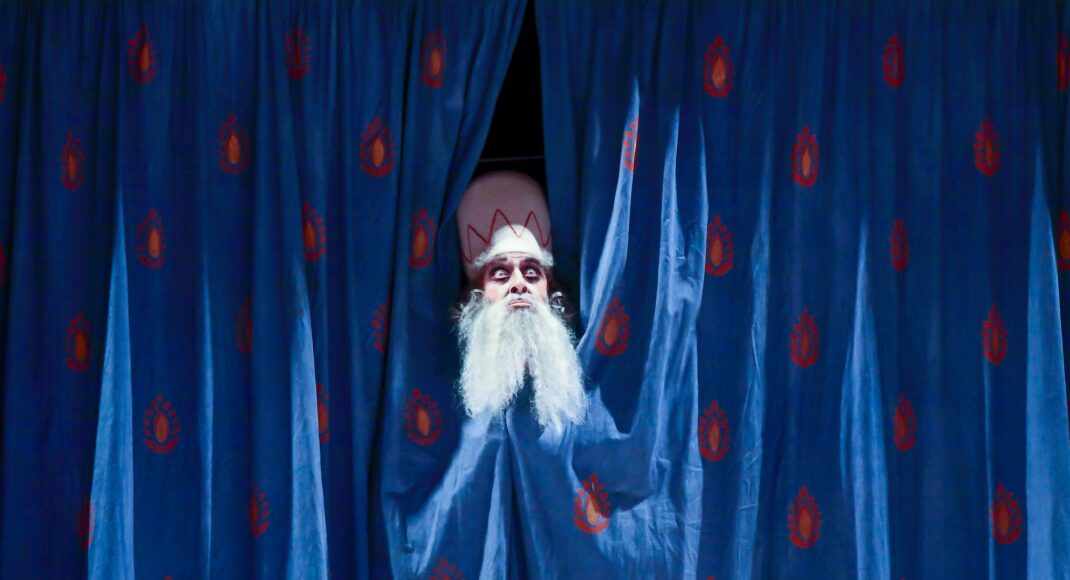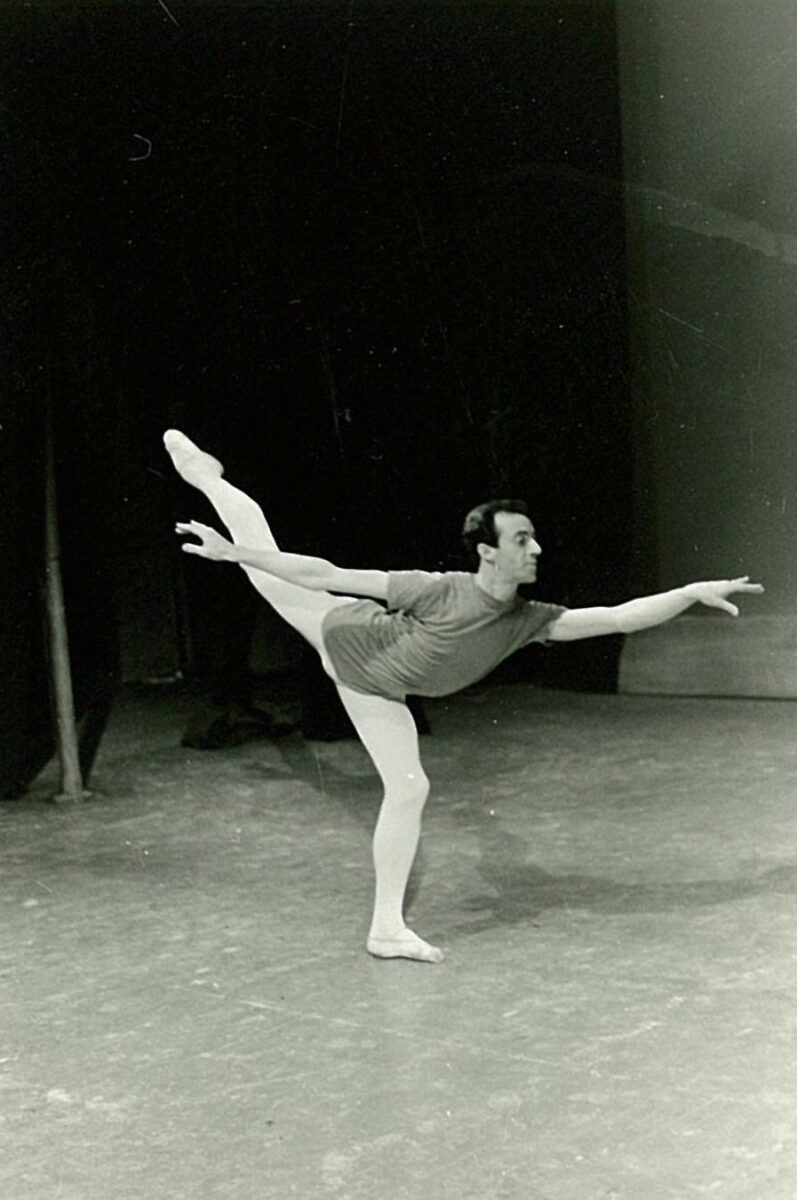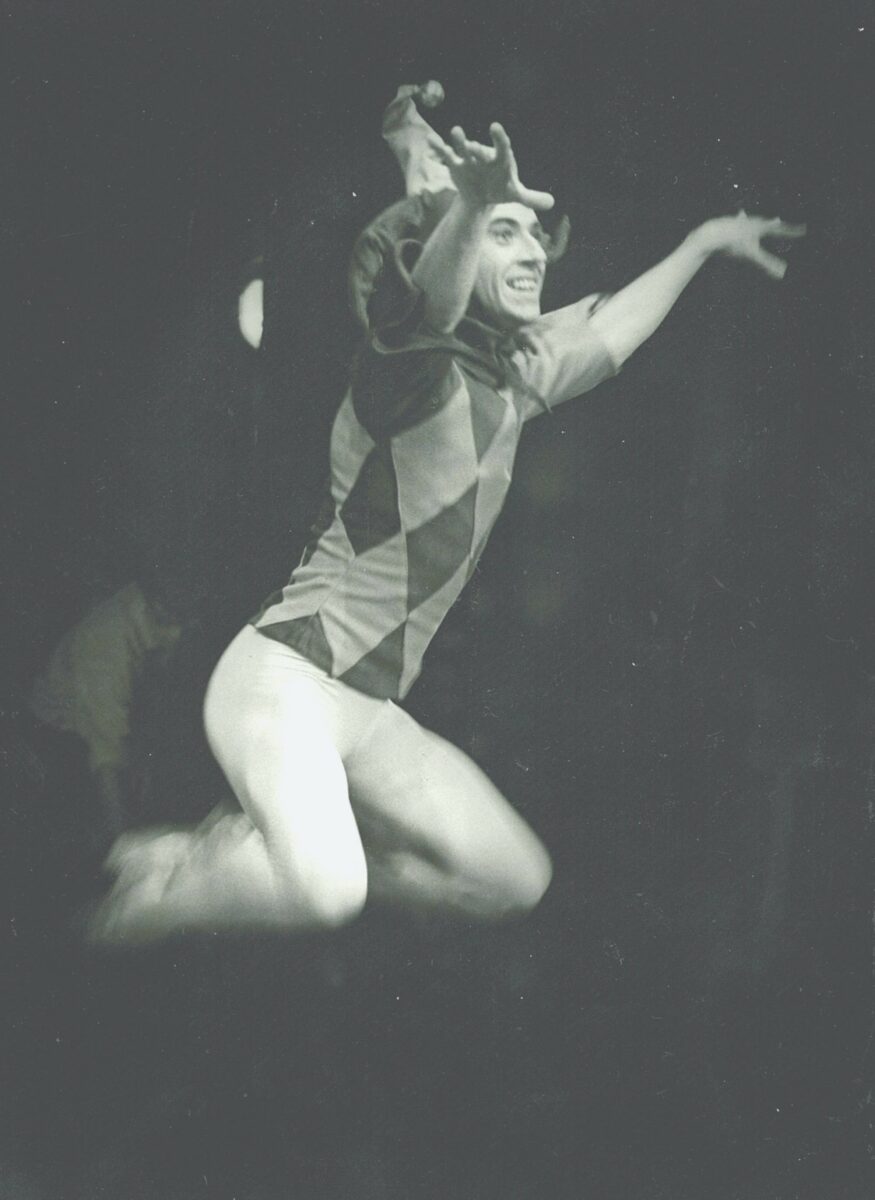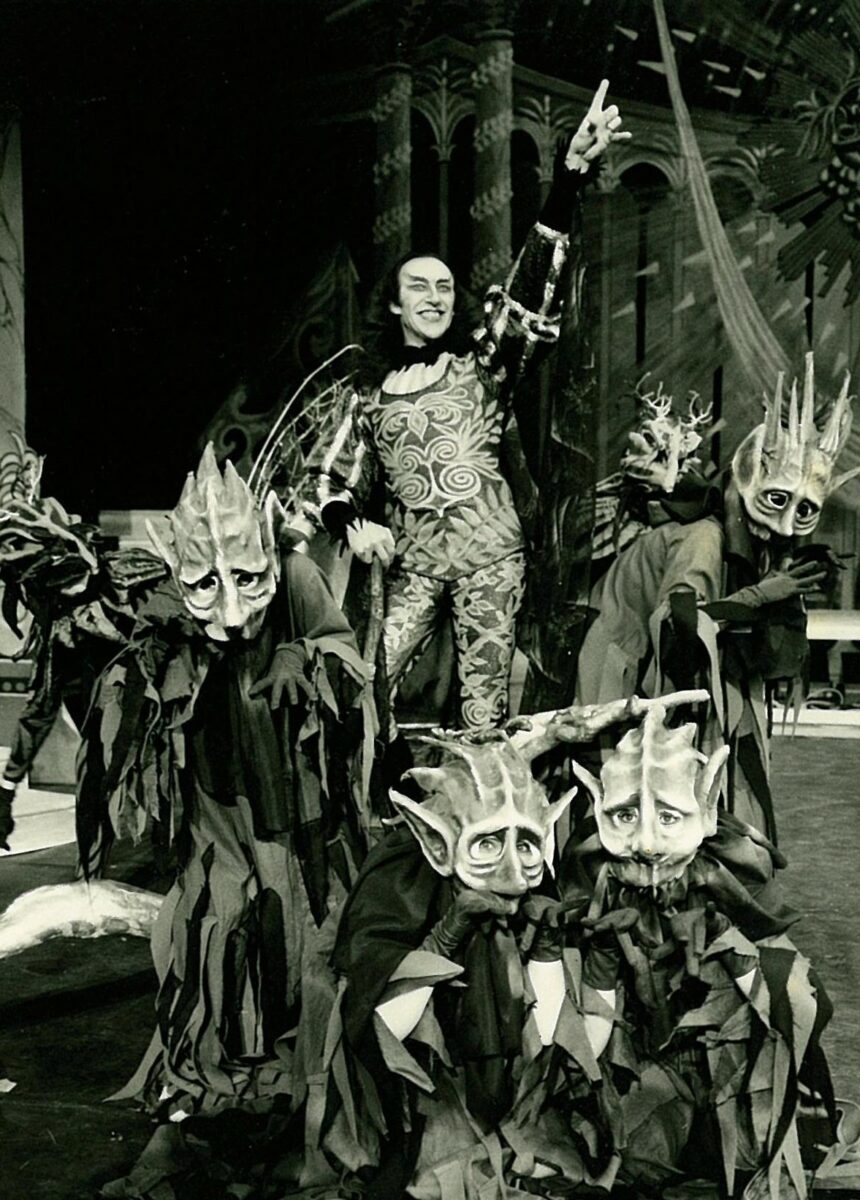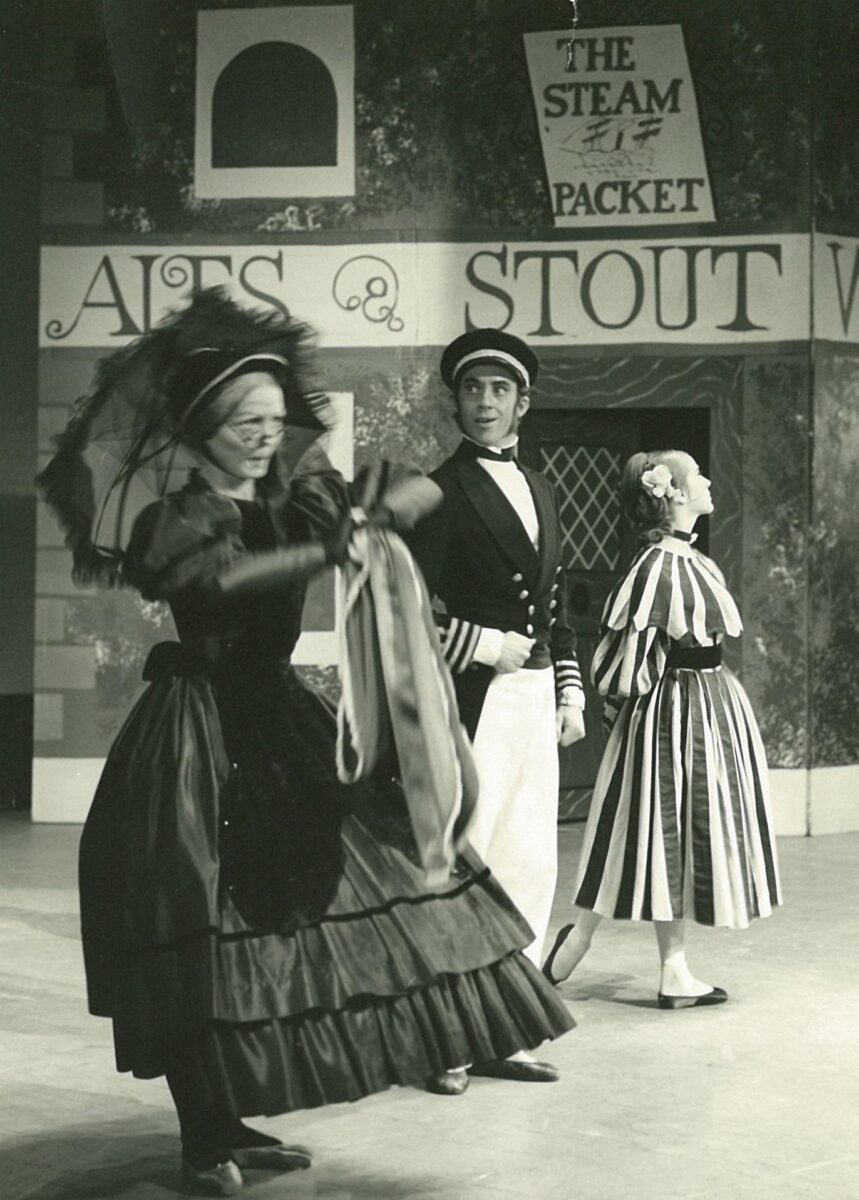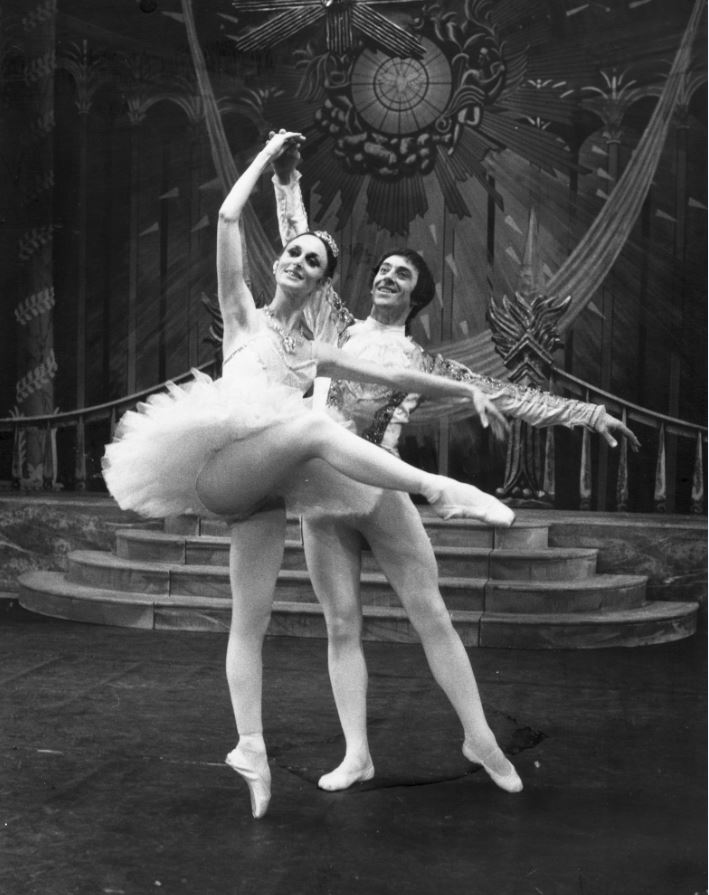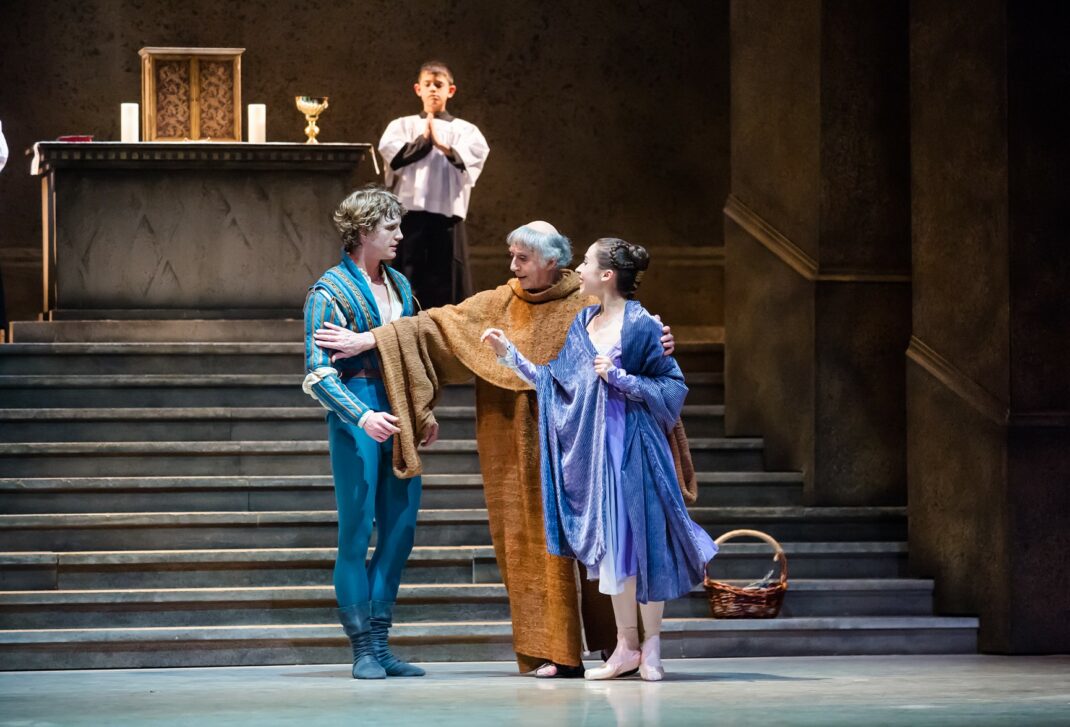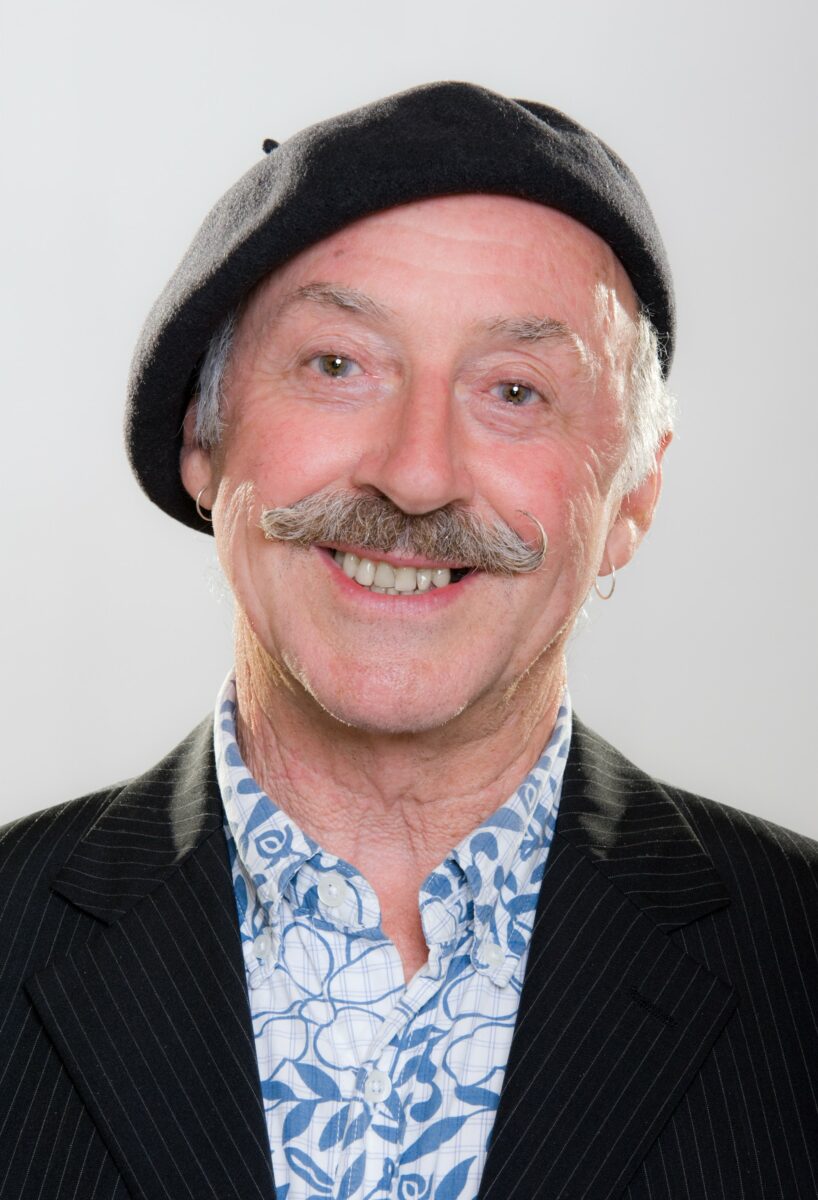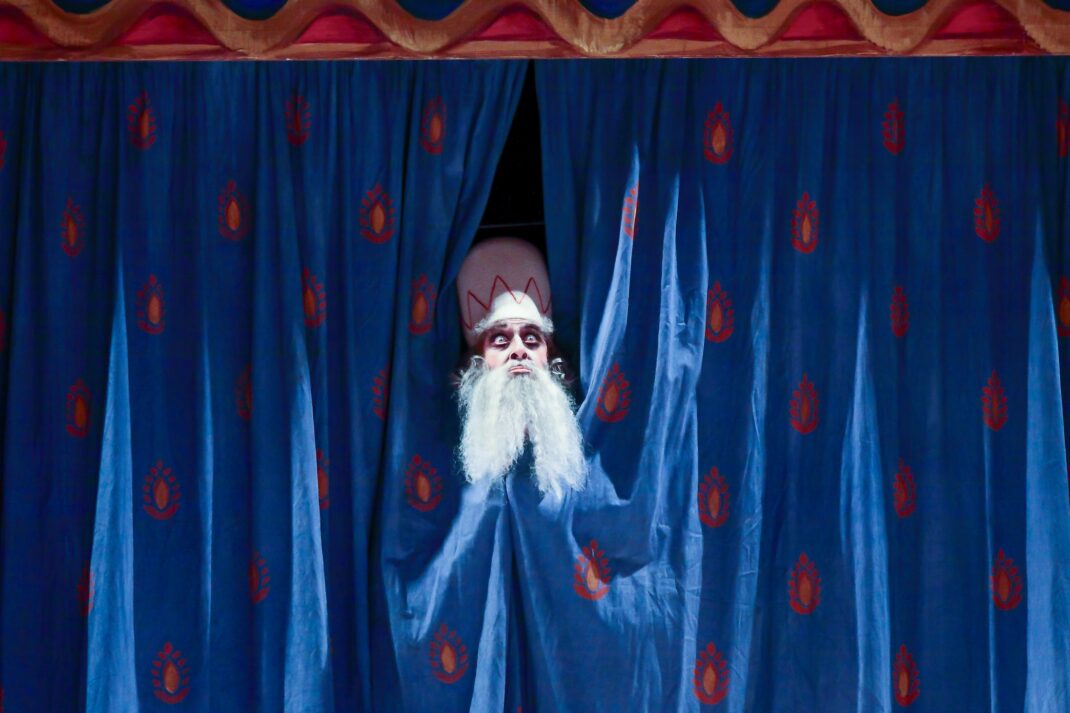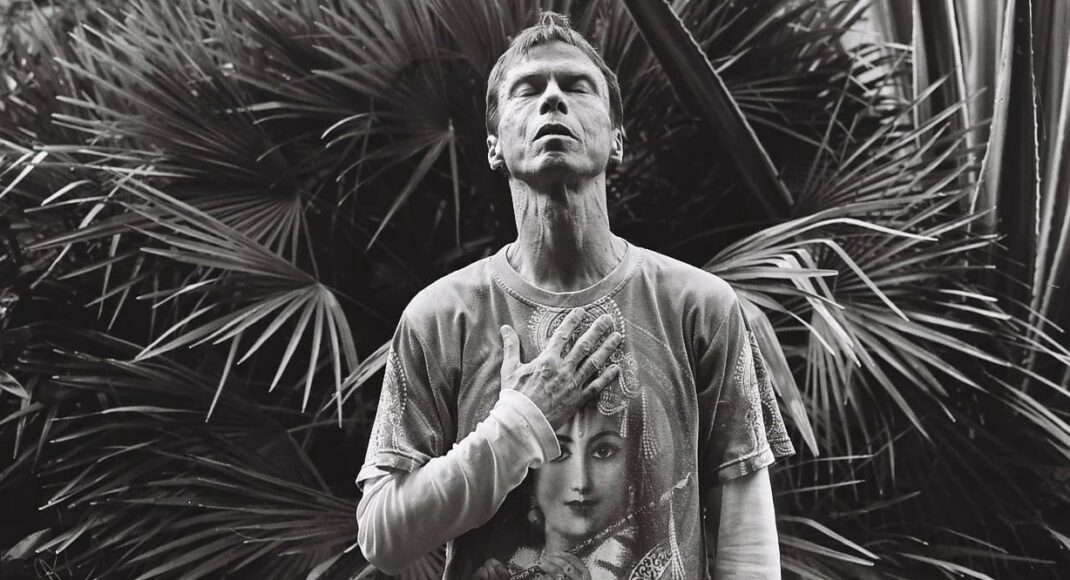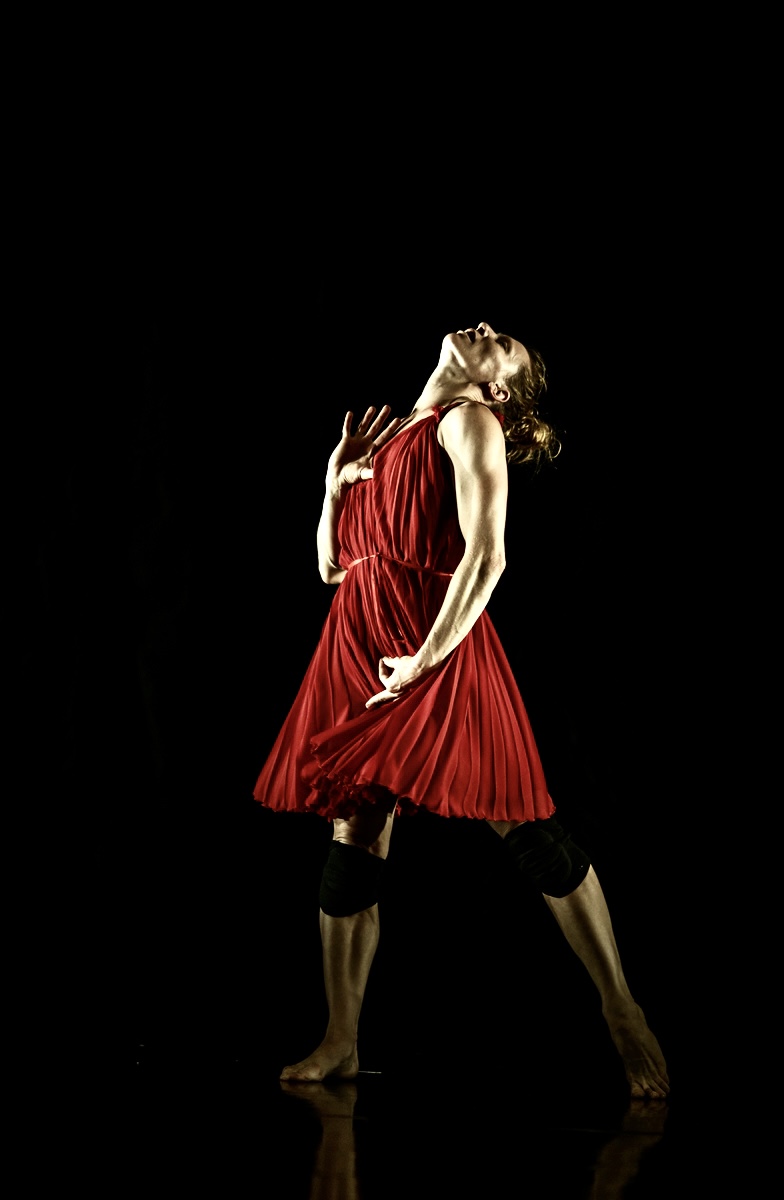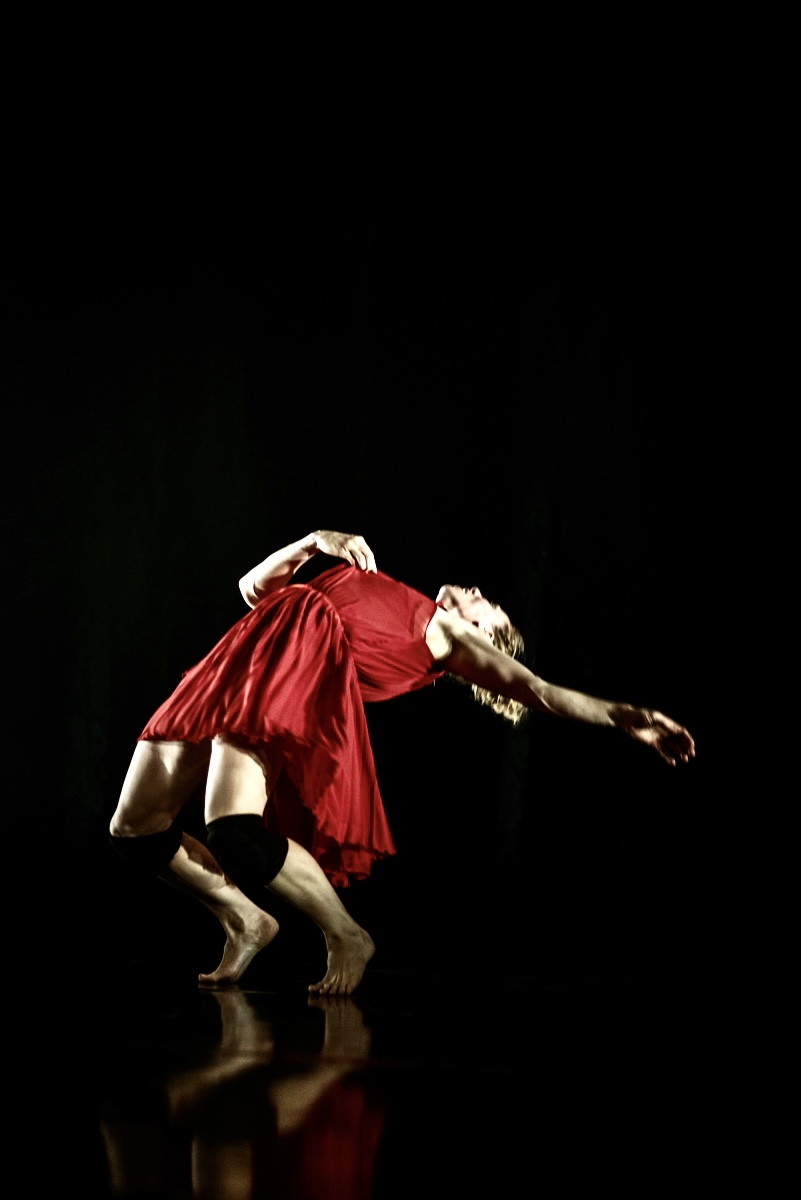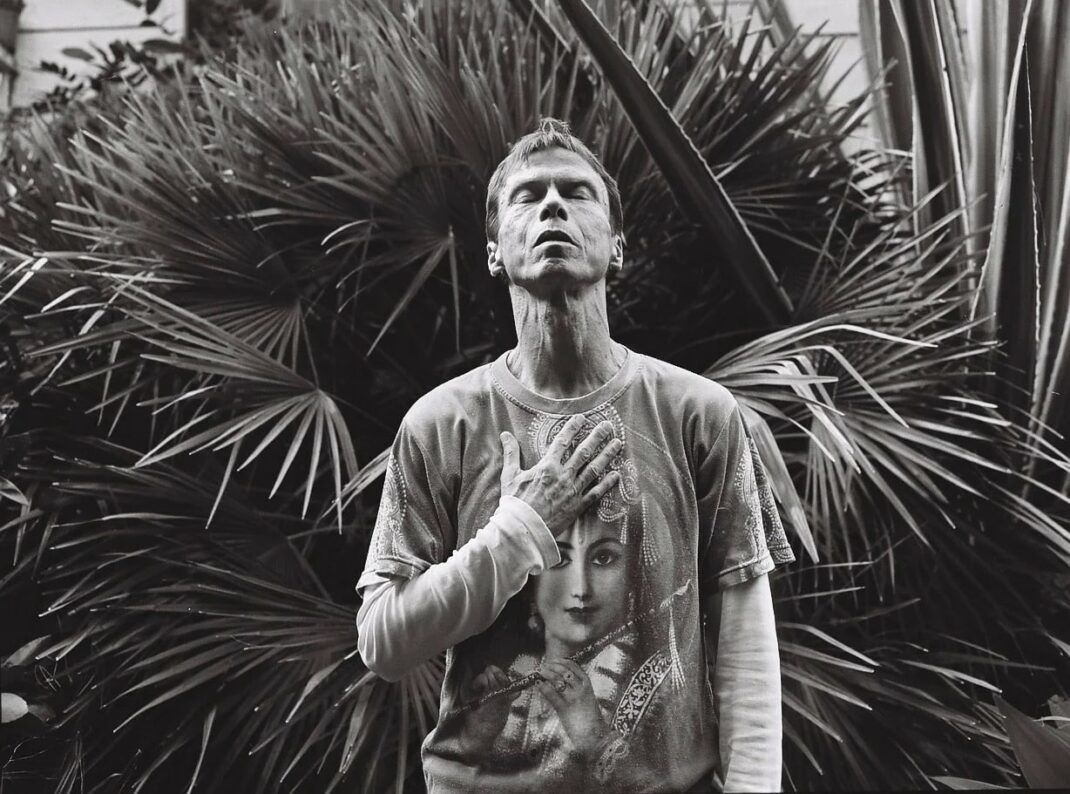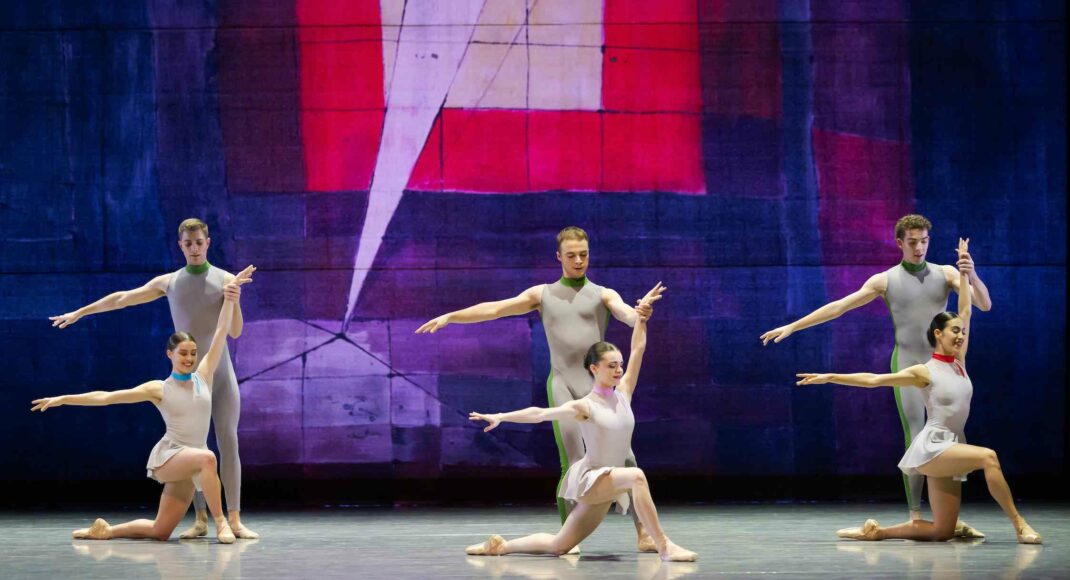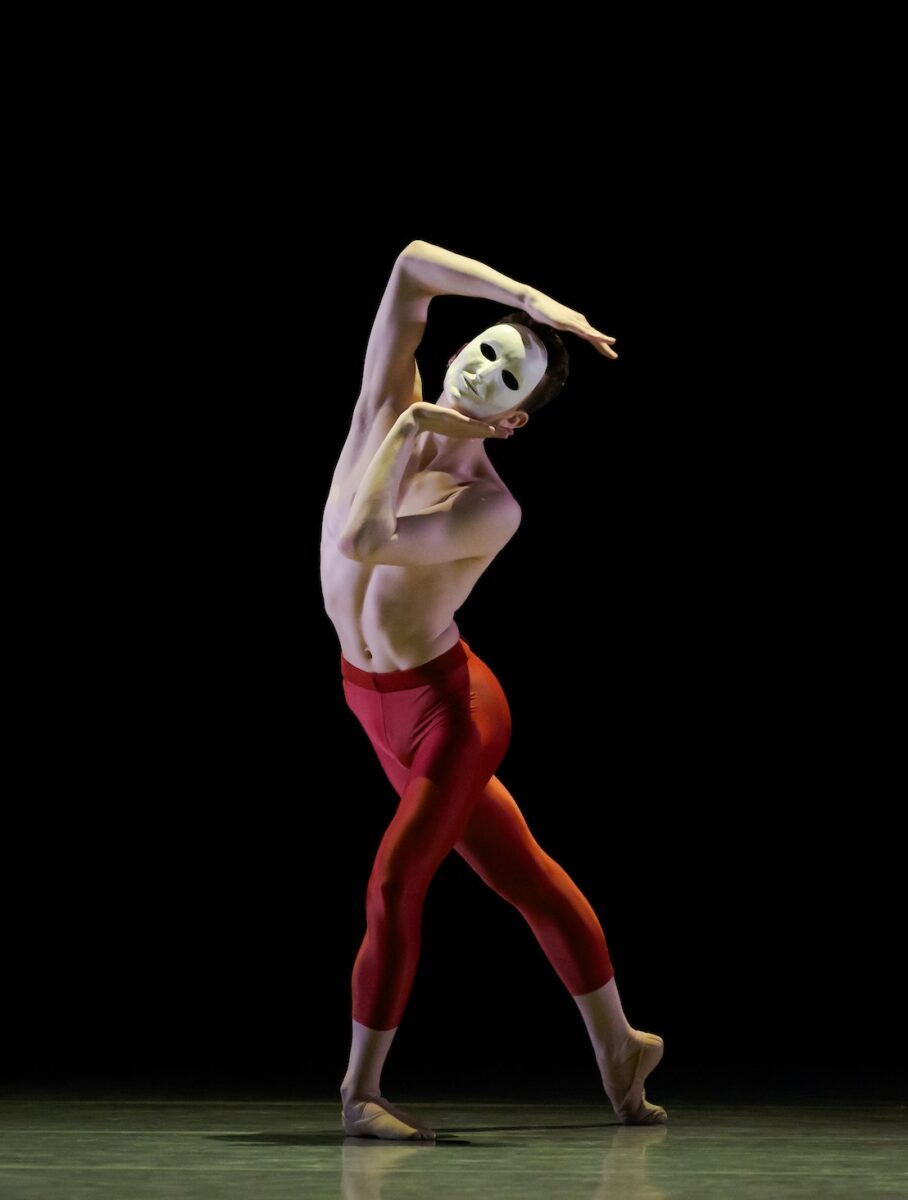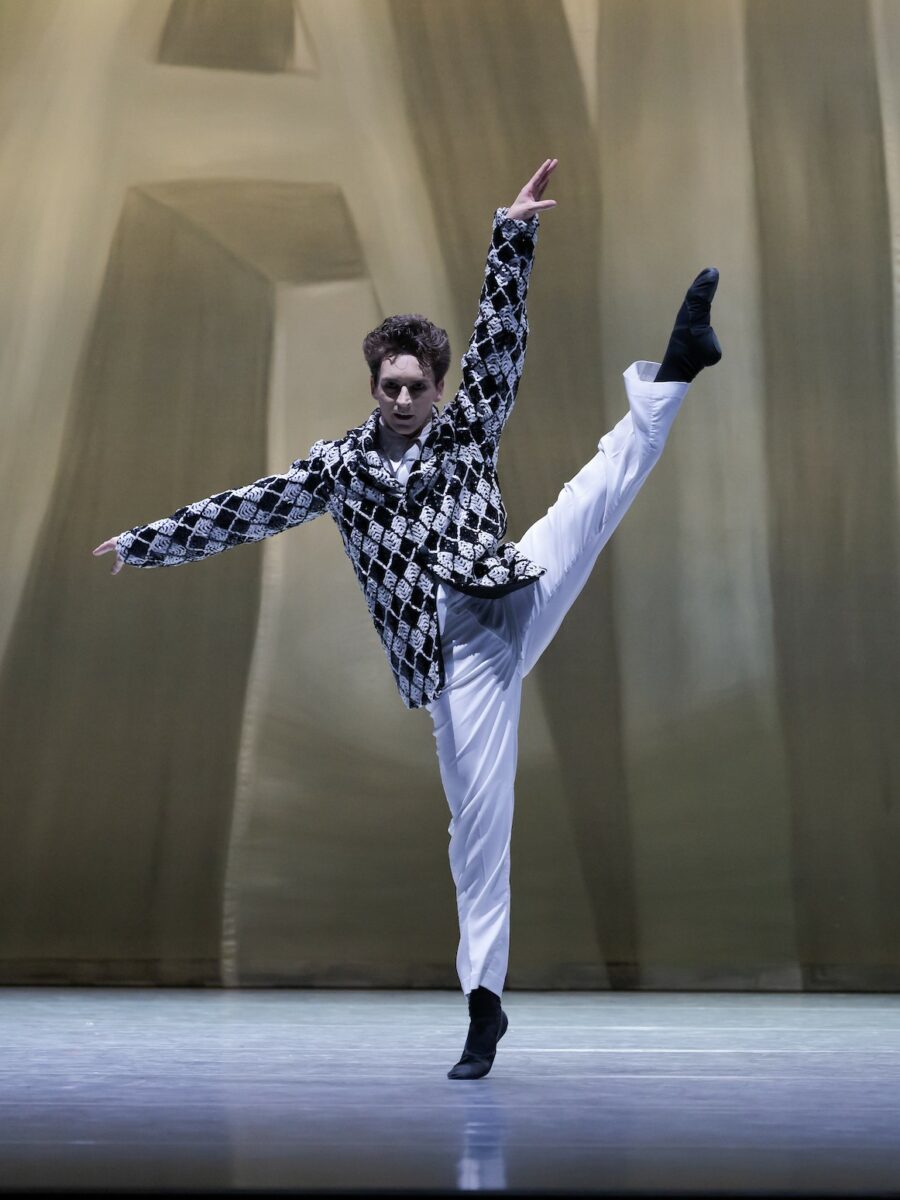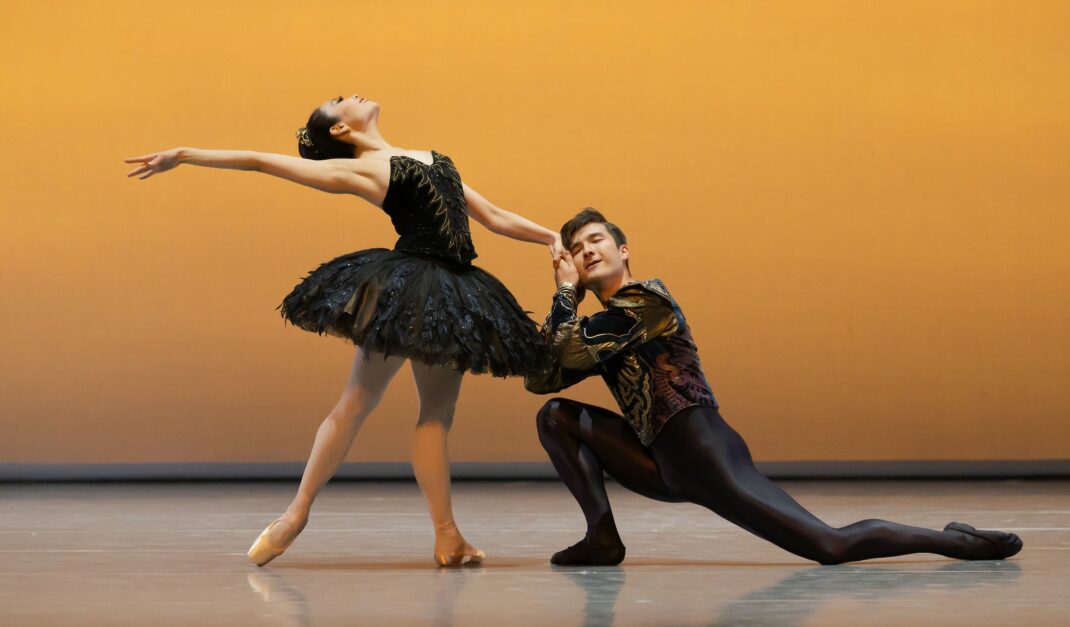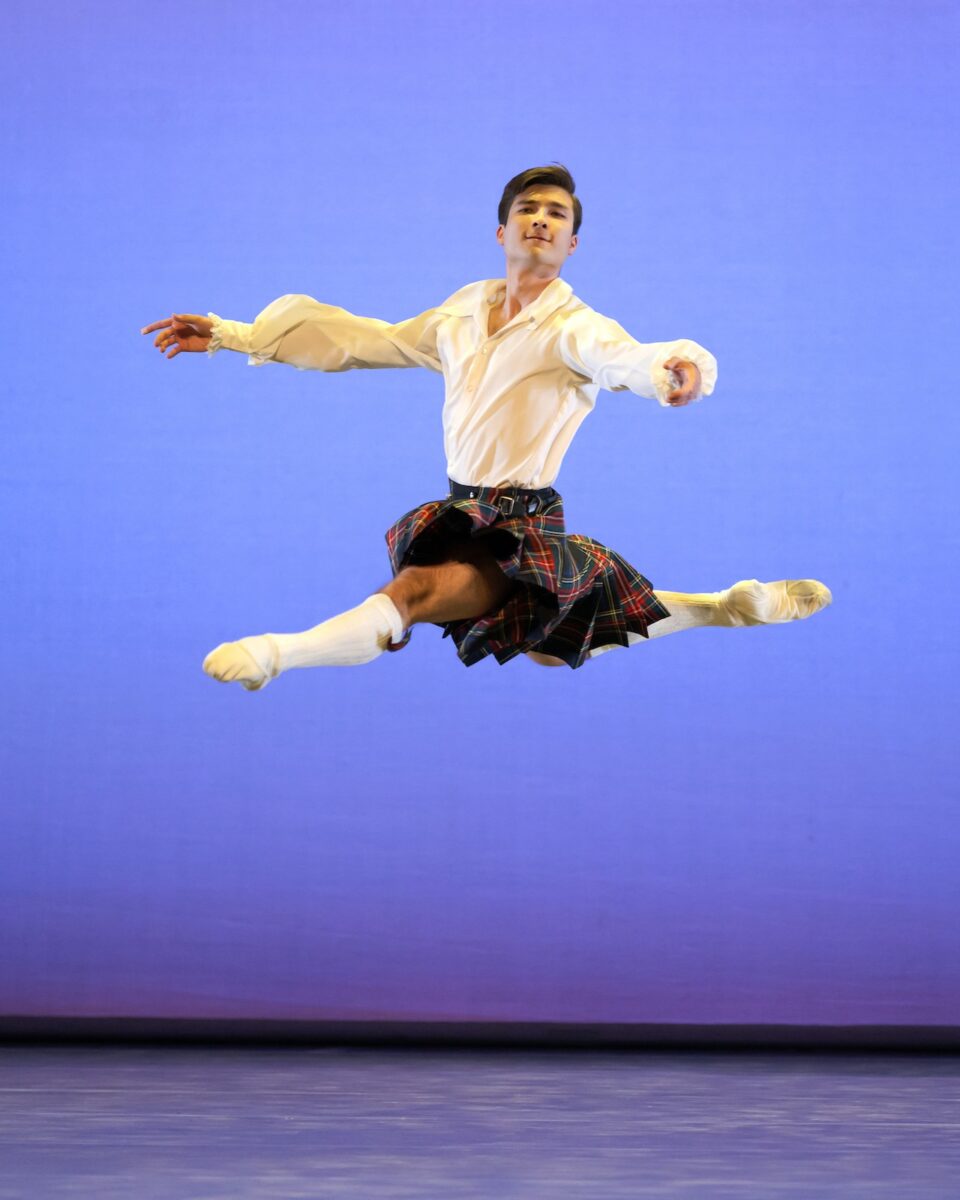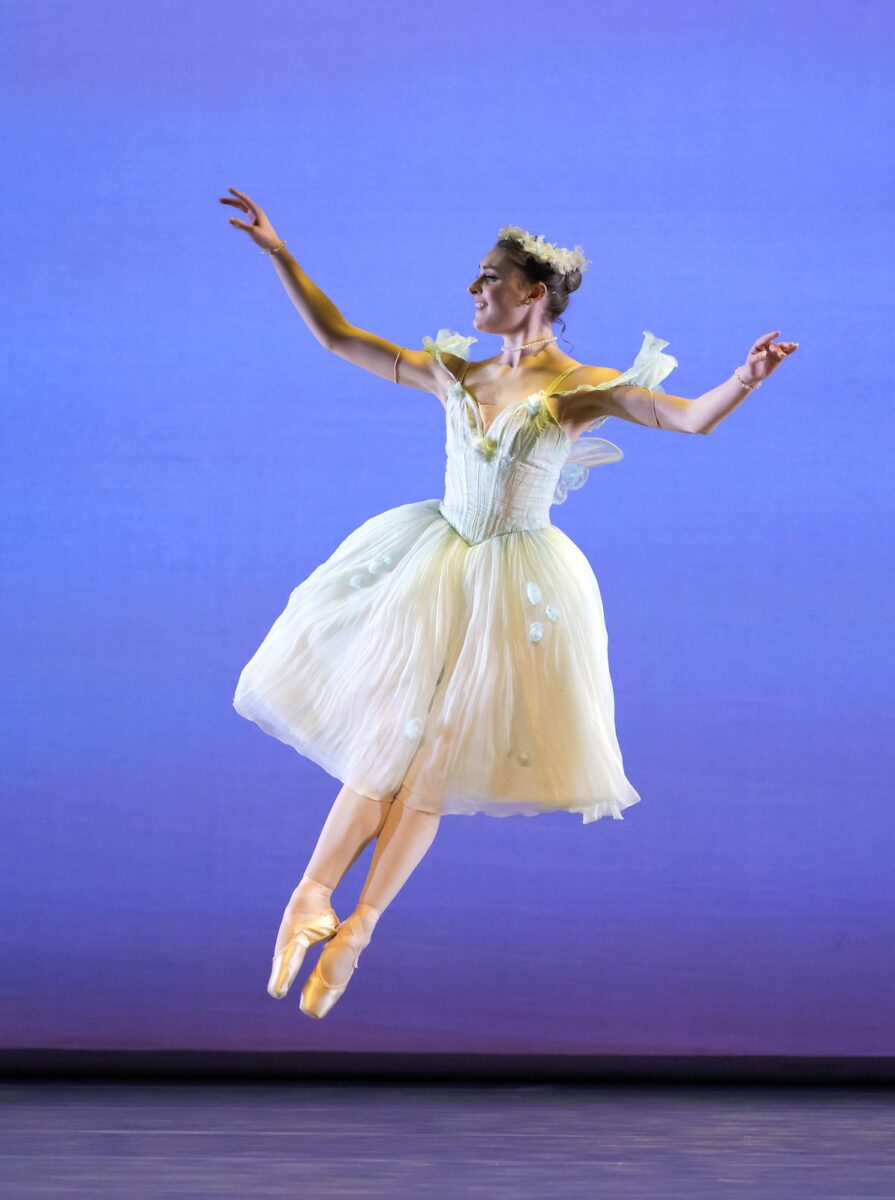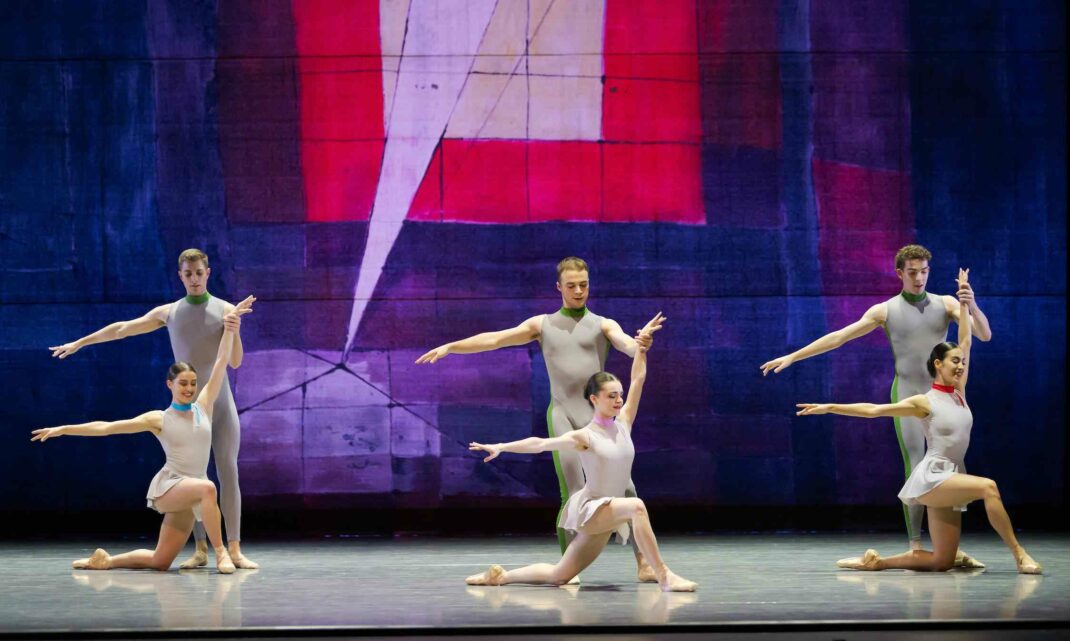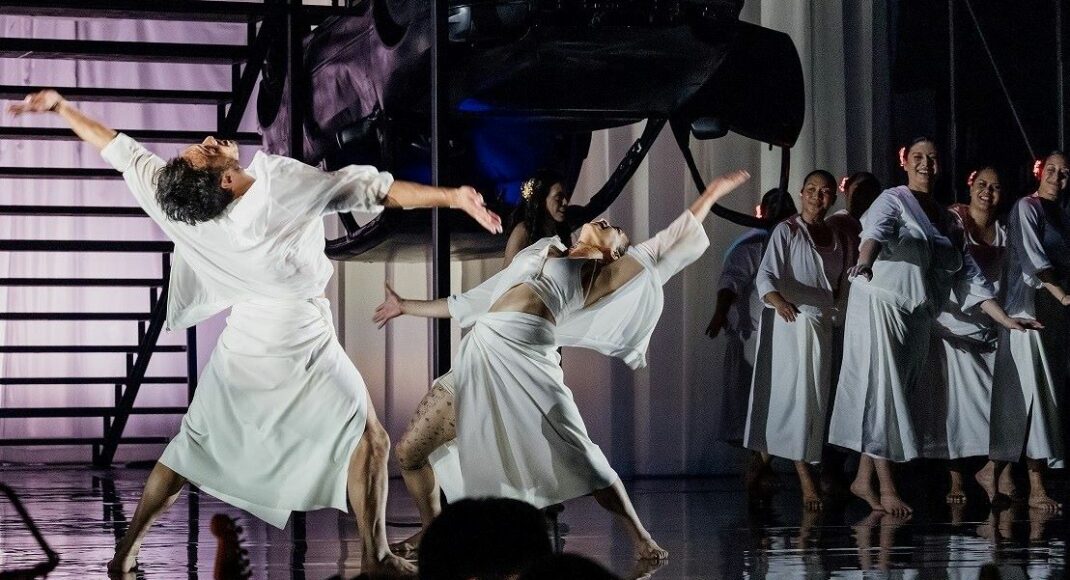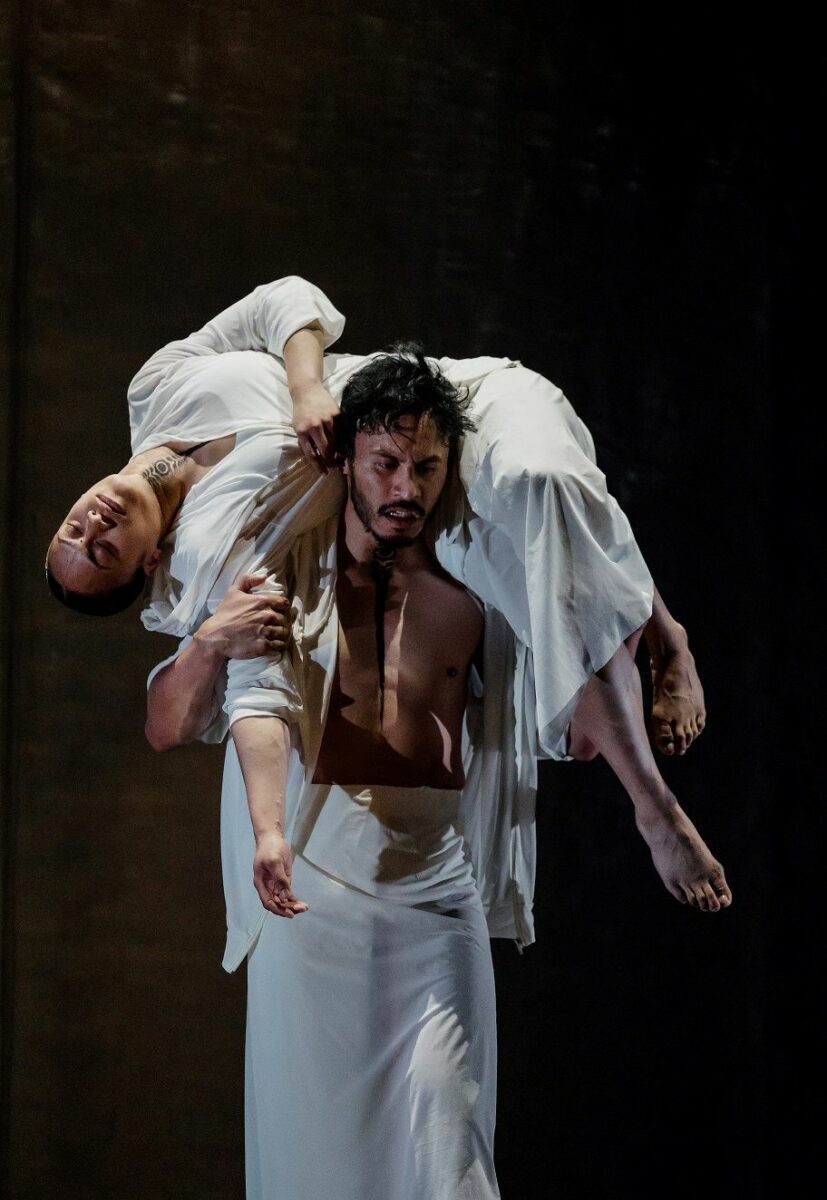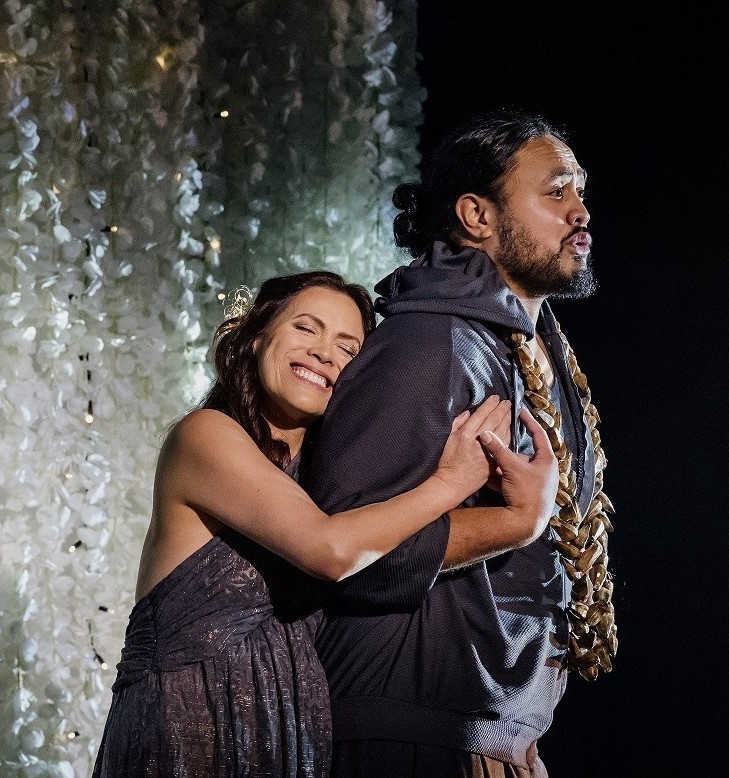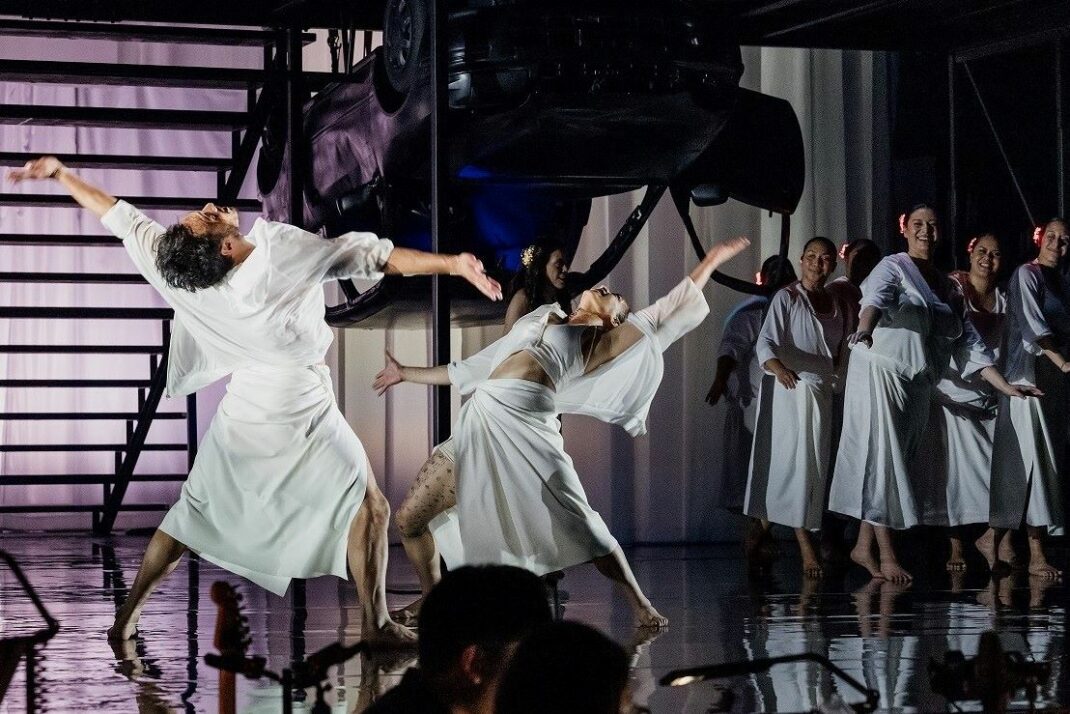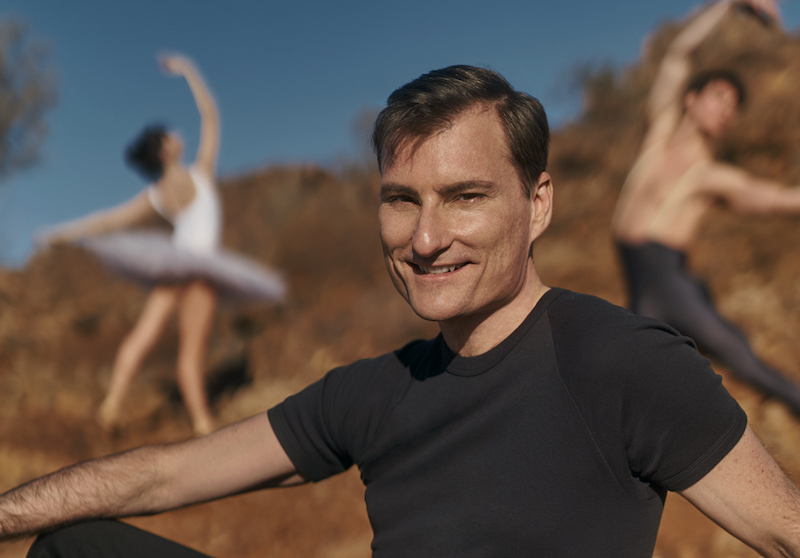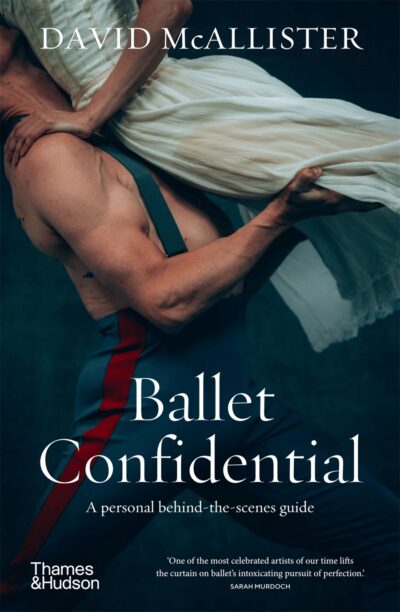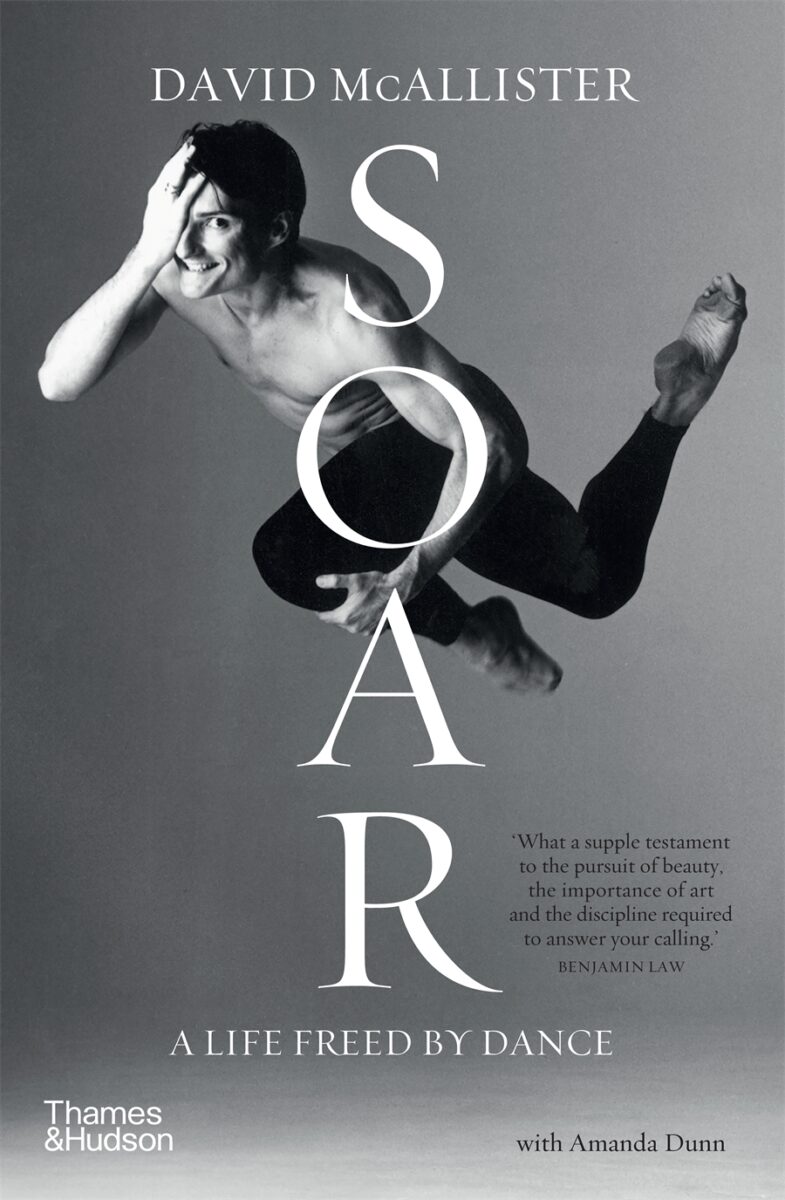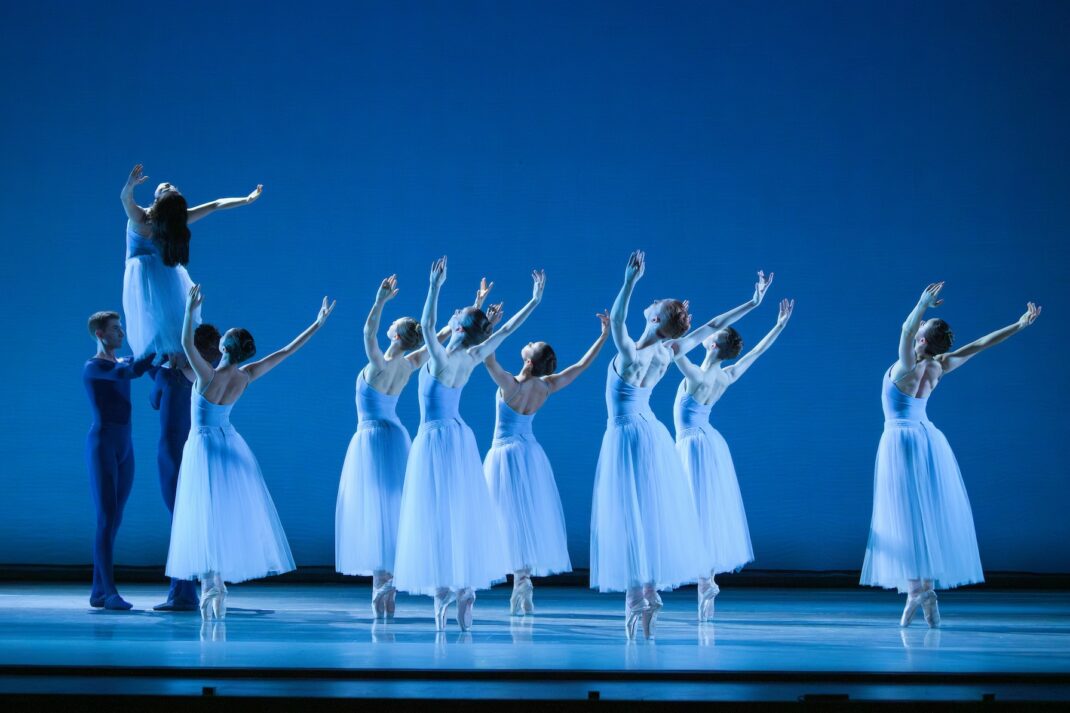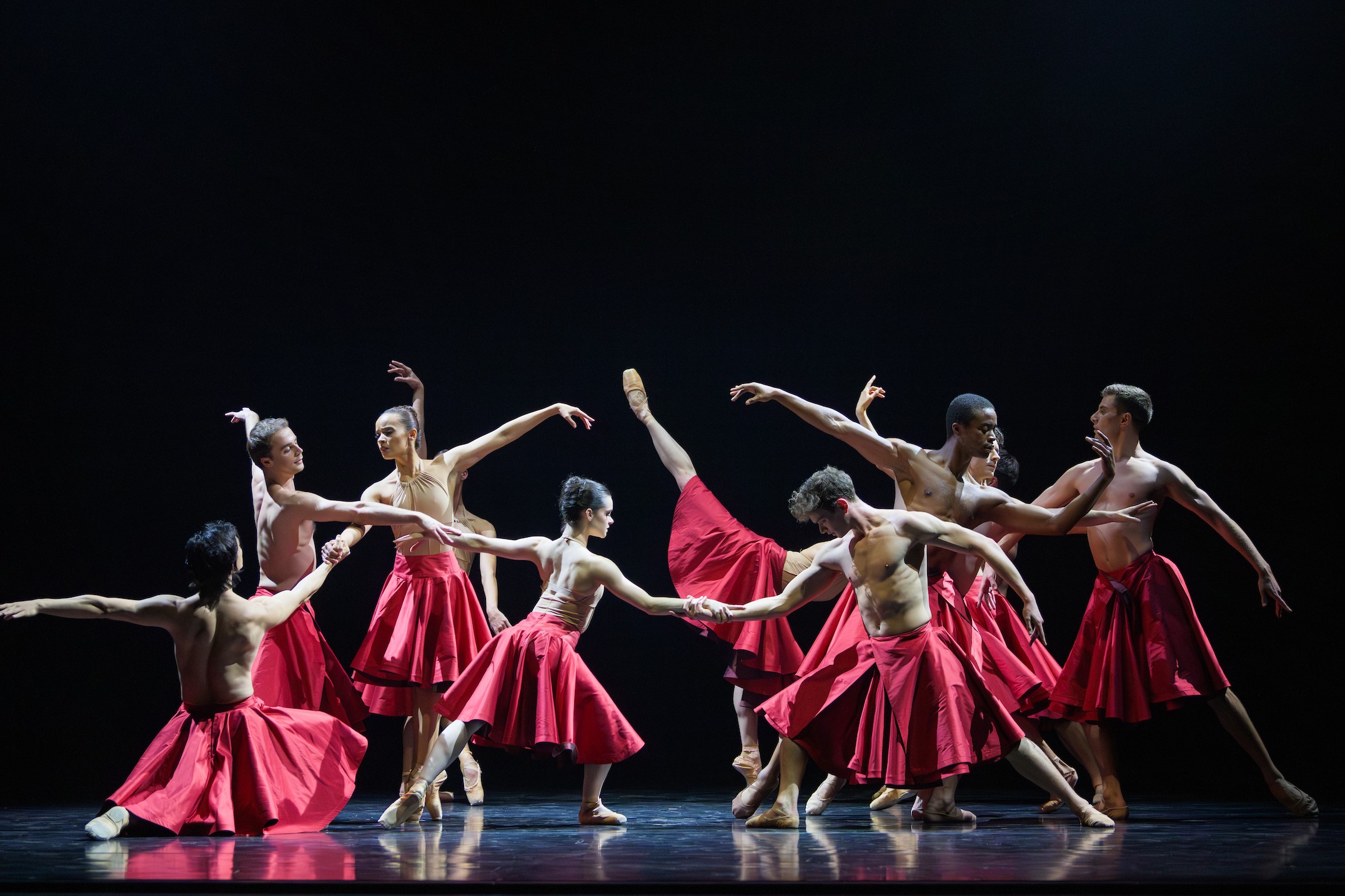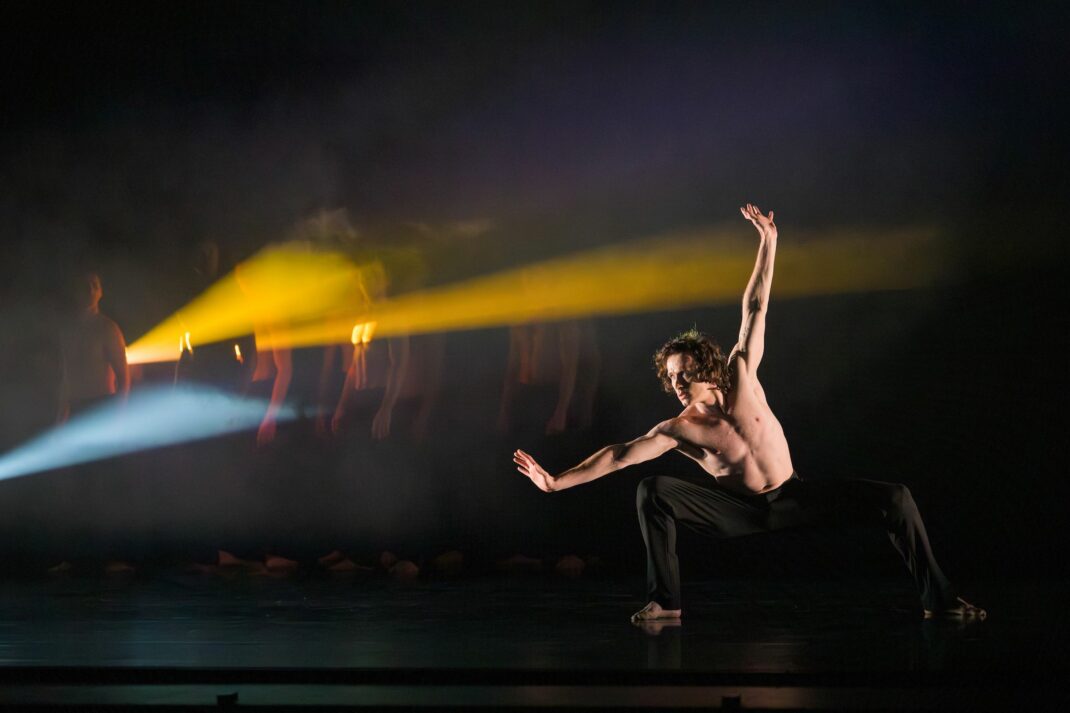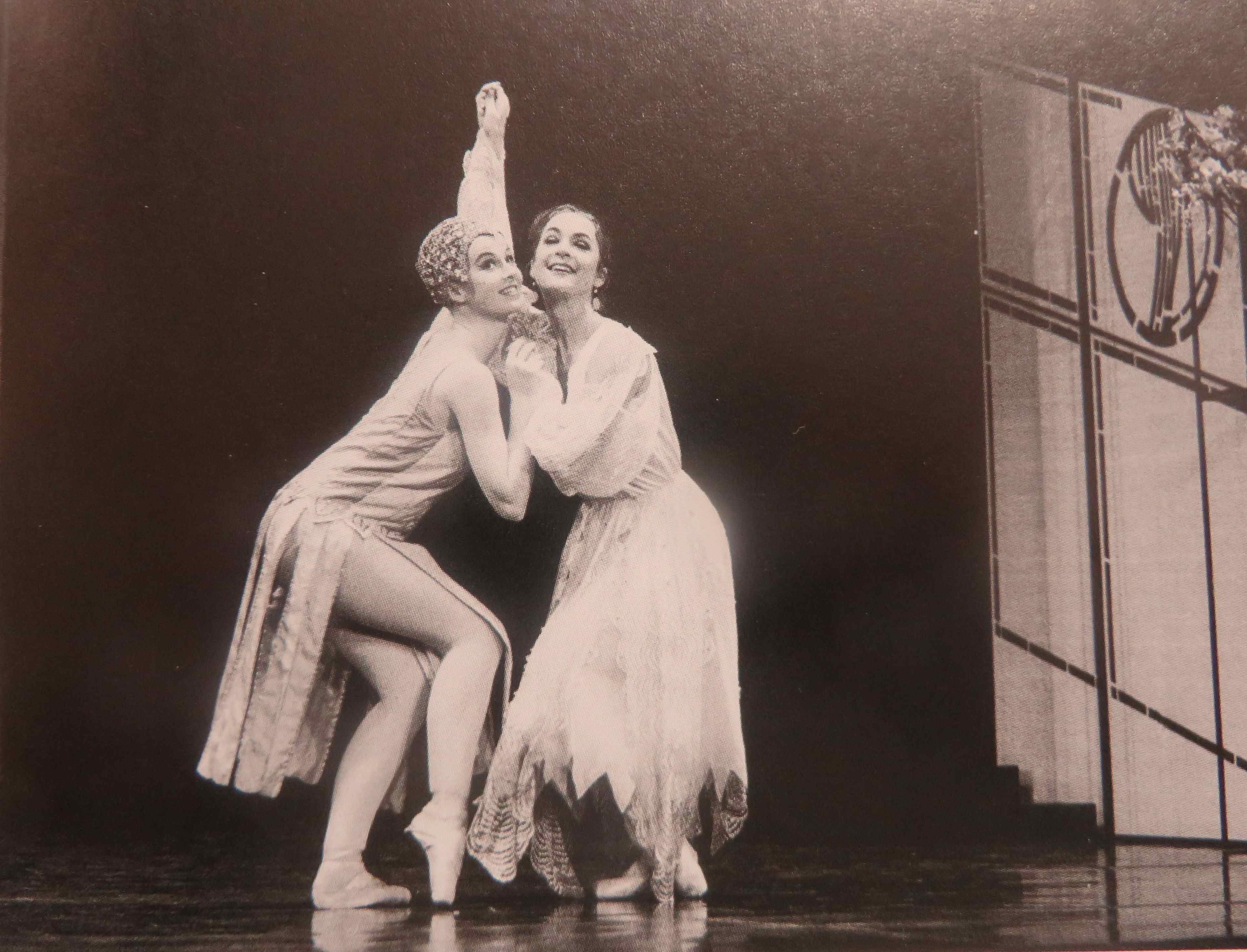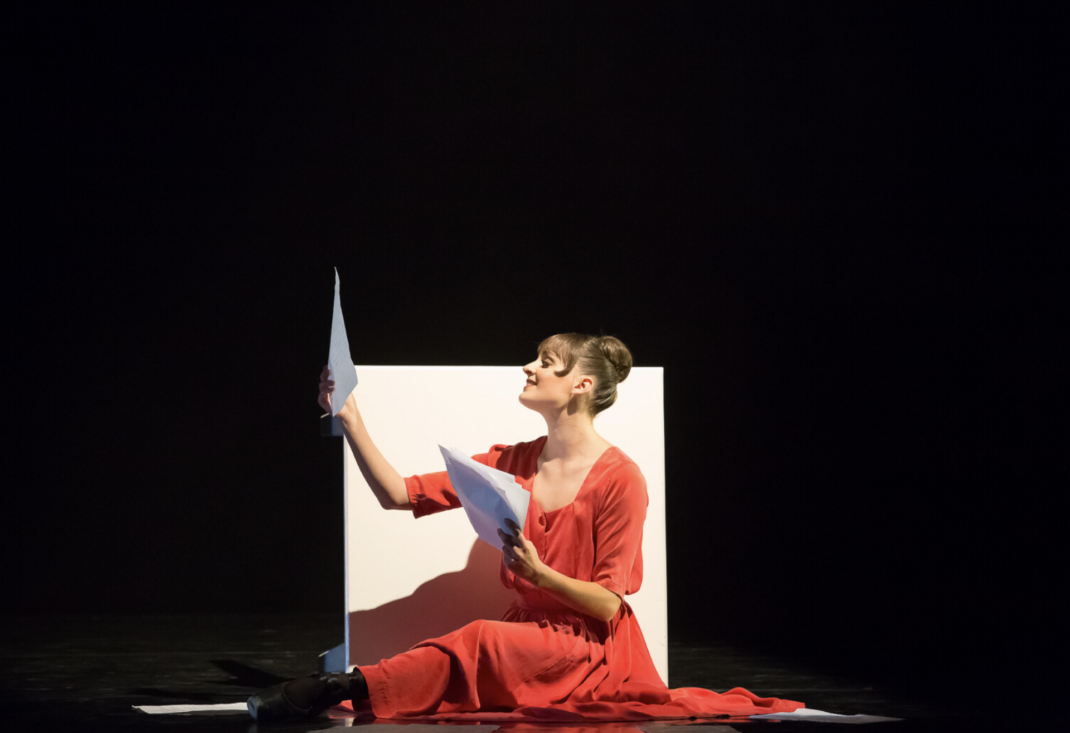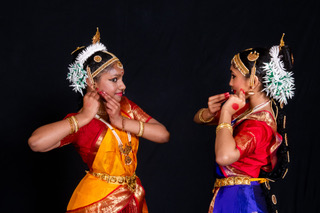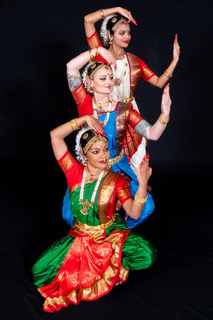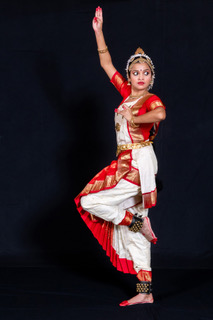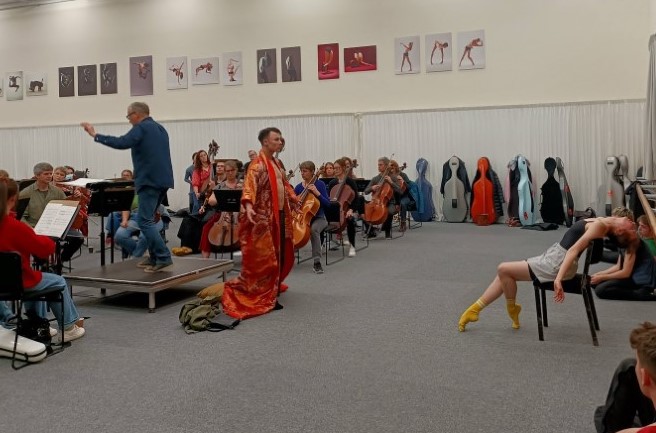28 October, 2023. Q Theatre, Auckland
reviewed by Jennifer Shennan
Choreography: Mary-Jane O’Reilly
Script, design & production: Mary-Jane O’Reilly & Phil O’Reilly
From the program note: ‘Ballet Noir is a meditation on Giselle Act II as viewed though a Film Noir lens.’ We all know Giselle of course—or do we? I certainly found new resonance in this innovative and stylish treatment of the Giselle story, which incorporates both old and new elements—bringing the timeless themes of broken trust and hearts, forgiveness and love, up against the forces of vengeance and cynicism. It’s a contemporary reading less concerned with narrative, more with psychology of personalities, and should move both diehard balletomanes as well as first timers in the audience.
That achievement grows from Mary-Jane O’Reilly’s respectful treatment of ballet, while simultaneously being a force for contemporary dance. She trained at National School of Ballet, now New Zealand School of Dance—also in London—and danced with New Zealand Ballet when Poul Gnatt directed. MJ has choreographed the major work, Jean (about Jean Batten) for RNZB, as well as directing, dancing and choreographing for Limbs Dance Company from late 1970s until 1986, with her colleague, the late Sue Paterson.
It is apparent to anyone who thinks about it that ballet/contemporary dance/dance theatre are no longer useful or discrete categories, and certainly not opposites. Leading American dance writers—Selma Jeanne Cohen, Jack Anderson and Joan Acocella—have discussed these topics for years and their writings help us recognise the ways in which dance styles and techniques evolve and reflect the cultural and social contexts of their respective countries and companies. That’s a much richer complex than the binary of ballet/non-ballet. The really interesting professional dance companies in the world require equal strength and versatility in classical and contemporary techniques and interpretation, with dancers ready for whatever a choreographer might require. Ballet Noir straddles this perceived divide with great aplomb. It’s very clever to stage highly trained classical dancers in a contemporary psychological setting, which in turn for me resonates with how Antony Tudor choreographed his masterpieces.
There’s an 8-member troupe of The Cynics, (The Wilis to you), who stride and mince, twist and pose in high style of fashionable black, wearing soft ballet flats but on such high demi-pointe as to stab you with their stiletto heels a mile high. Their temps levé and penchée motifs are timed to the familiar music by Adam, but there are also interpolated soundscapes that take us to new places. Despite their strut, The Cynics are actually in the grip of the devastating Ice Queen, phenomenally played by Shona Wilson, long-time Auckland dance figure from the days of Limbs. We’ve never seen Myrthe dance quite like this before, and there are intriguing flashbacks for us to piece together her own backstory to explain this relentless revenge she holds against men. Shiver me timbers, she gave me the goosebumps.
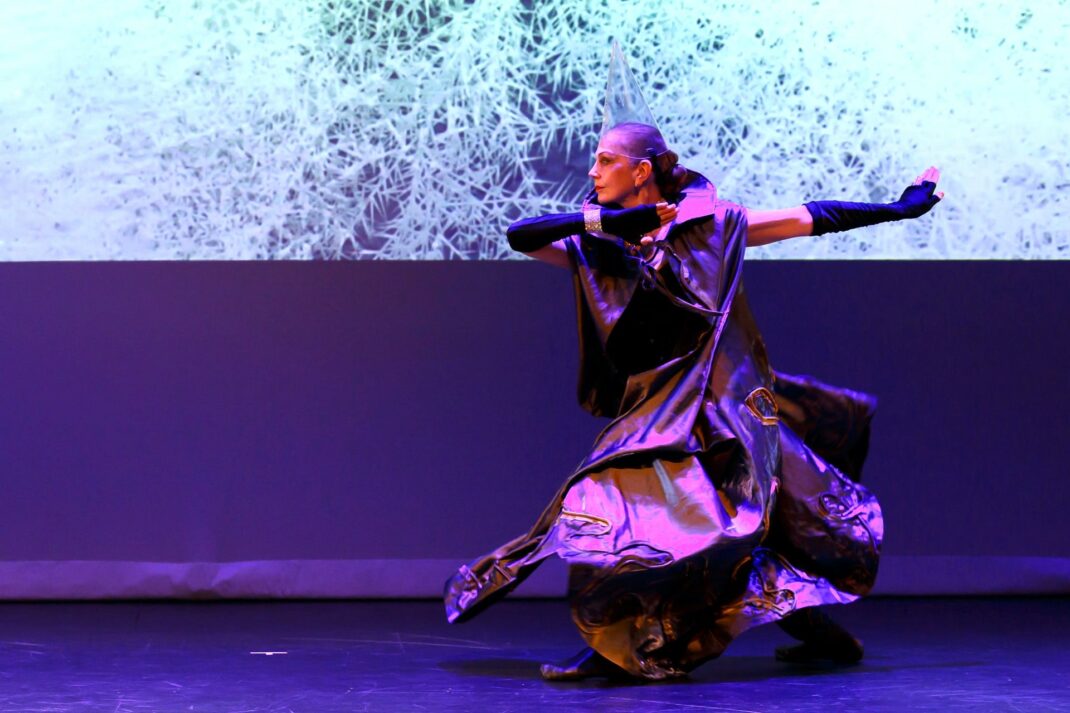
Giselle is a naive and lovely girl, the young bride who never quite makes it to the altar. Her vulnerable character grows in strength as she finds how to stand up to the Ice Queen, and there are poignant sequences in a beautifully shaped role. I saw two performances with a change of cast of soloists—Amy Moxham and Lucy Lynch each giving Giselle a convincing presence.
Two young men stray onto the scene—a couple of spivs, let’s call them Hilarion and Albrecht, out for a night on the town. (There’s no Act I in this story). Their dual routines are comic and clever—Jacob Reynolds and Oli Matheison in one cast, Kit Reilly and Thomas Harris in the other—giving as good as they get. Then acid rain starts to fall and they are sucked in to a circle of vengeance not of their own making, as though a nasty scene developed somewhere in the town sometime in the night, and it’s possible they won’t get to see the dawn, though any police will have quite a hard time piecing together what actually happened. We witnessed it though, so we could be interviewed.
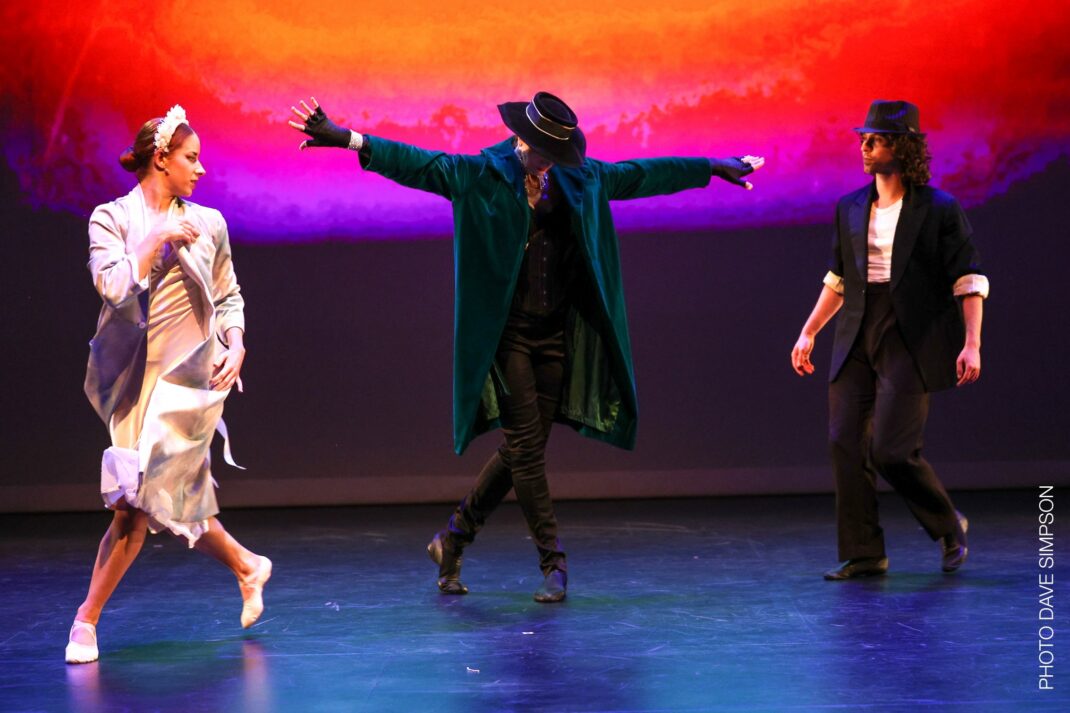
Throughout the work there’s a backscreen of film sequences that range from slow and oily raindrops to a slow-motion tear running down a cheek, an exquisite crescent moon and a stormy sky, marauding packs of wild dogs and a silly little skit of a dog in a neck ruff doing tricks at a party, wee toddlers playing, grown men sparring. This all may sound like a distraction but in fact was fully absorbed into the danced work throughout.
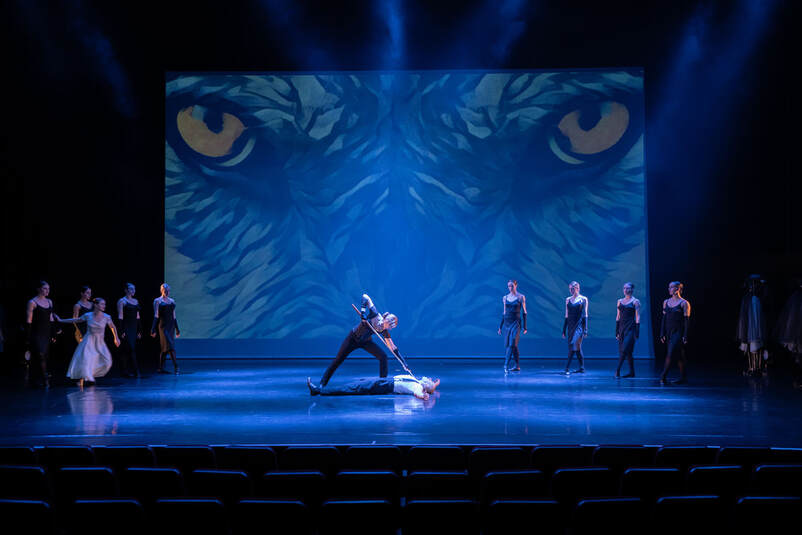
The design of costumes, with several quick changes in the shadows sidestage—long tulle skirts flashing around like evil cloth, then as capes of birdwings. The Ice Queen first wears a long pointed (clear perspex) beak facemask, like some Scandinavian mid-winter ritual dress-up, but in one gesture lifts that high onto her head to become a queen’s crown, or is that a unicorn horn. You tell me. I appreciated the way that a number of motifs through the work were open for personal reading, and all of them will be right readings.
This is an impeccable production that deserves to be widely seen, and would do well in a number of arts festivals. It’s emotionally nuanced, tight and spare, savvy and sexy. Albrecht and Giselle dance their lyrical lovemaking and I get the goosebumps yet again.
Jennifer Shennan, 5 November 2023
Featured image: The Cynics with Ariana Hond and Hosanna Ball centre front, in Ballet Noir, 2023. Photo: © Dave Simpson
